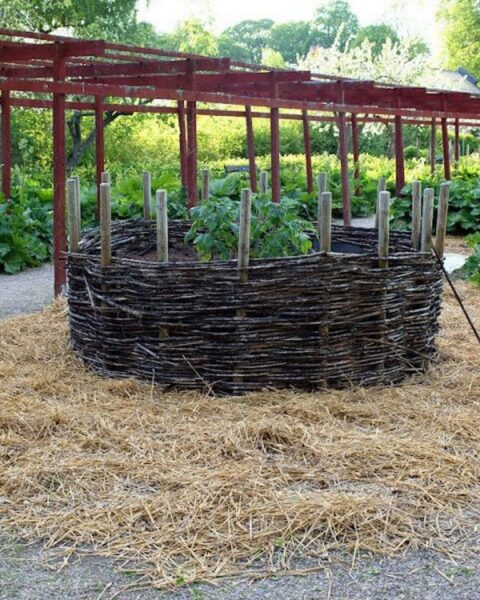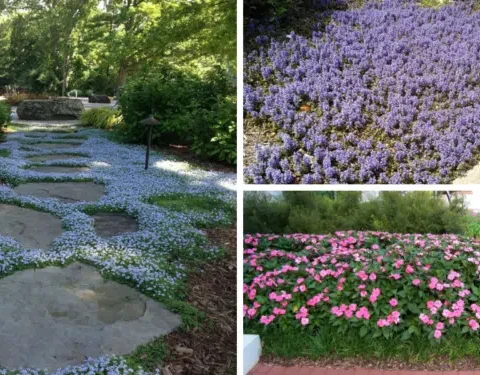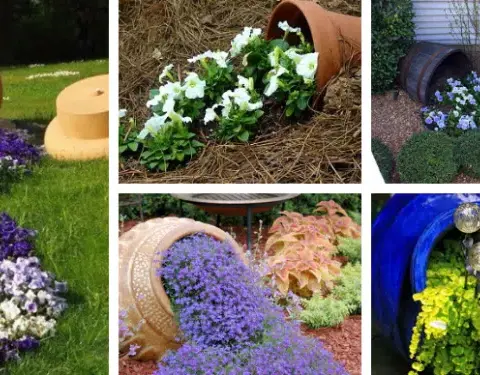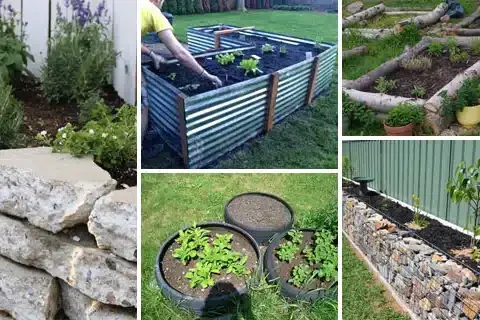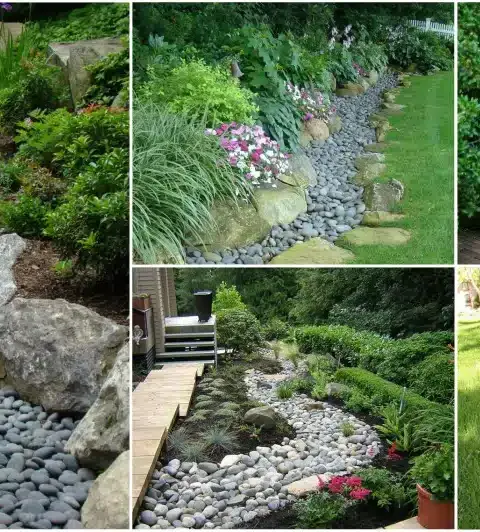As gardeners, one of our greatest challenges is maximizing the growing season, especially in regions with short summers or unpredictable weather patterns. However, with a little ingenuity and some basic carpentry skills, you can extend your growing season and protect your crops from harsh elements by building a hinged hoophouse for your raised bed garden.
A hinged hoophouse, also known as a cold frame or mini greenhouse, is a simple yet effective structure that acts as a protective cover for your plants. It consists of a wooden frame covered with transparent material, such as greenhouse plastic or polyethylene film, that allows sunlight to penetrate while creating a warm and sheltered environment for your crops.
Here’s a step-by-step guide to building your own hinged hoophouse for raised bed gardens:
1. Measure and Plan: Start by measuring the dimensions of your raised bed garden. You’ll need these measurements to determine the size of your hoophouse. Ideally, the hoophouse should be slightly larger than your raised bed to provide ample space for your plants to grow.
2. Gather Materials: For this project, you’ll need:
- Pressure-treated lumber or cedar boards for the frame
- Galvanized screws or nails
- Transparent greenhouse plastic or polyethylene film
- Hinges
- Door latch or hook
- Tools: saw, drill, screwdriver
3. Build the Frame: Using your measurements, cut the lumber to size to create the frame of the hoophouse. Construct a rectangular frame that matches the dimensions of your raised bed garden, ensuring that it is sturdy and level. Secure the frame together using galvanized screws or nails.
4. Attach the Hoops: To create the arched roof of the hoophouse, attach hoops made from flexible PVC pipes or metal conduit to the top of the frame. Space the hoops evenly along the length of the frame, ensuring that they are tall enough to provide ample headroom for your plants.
5. Cover with Plastic: Drape the greenhouse plastic or polyethylene film over the hoops and secure it to the frame using staples or clips. Make sure the plastic is taut and smooth to allow maximum sunlight penetration.
6. Install Hinges and Door: Attach hinges to one side of the hoophouse frame to create a hinged door. This will allow you to easily access your plants for watering, harvesting, and maintenance. Install a door latch or hook to keep the door securely closed.
7. Place in Position: Position the hinged hoophouse over your raised bed garden, ensuring that it is securely anchored to the ground to prevent it from being blown away by strong winds.
8. Monitor and Maintain: Regularly monitor the temperature and humidity inside the hoophouse to ensure optimal growing conditions for your plants. Ventilate the hoophouse on warmer days to prevent overheating, and provide supplemental heat on colder nights if necessary.
By following these steps, you can build a hinged hoophouse for your raised bed garden and extend your growing season well into the colder months. Not only will this protect your crops from frost and harsh weather, but it will also provide you with fresh, homegrown produce throughout the year. So roll up your sleeves, grab your tools, and get ready to enjoy the benefits of year-round gardening!

